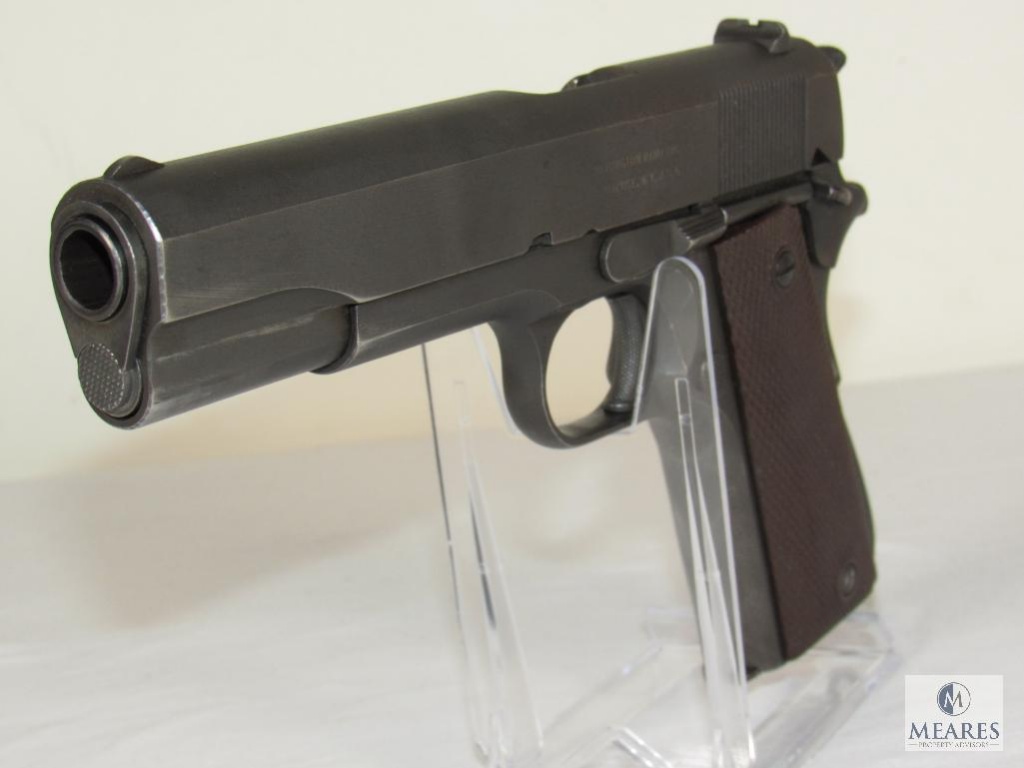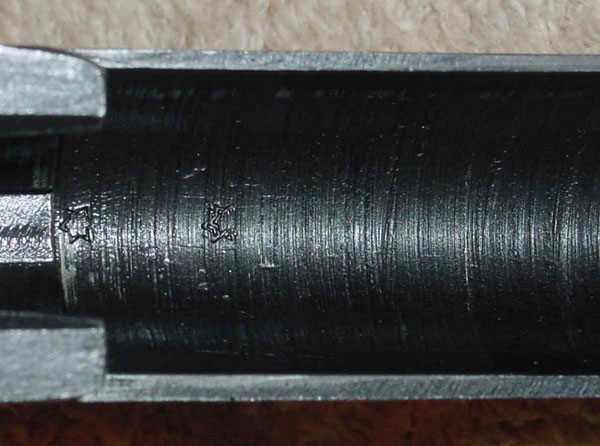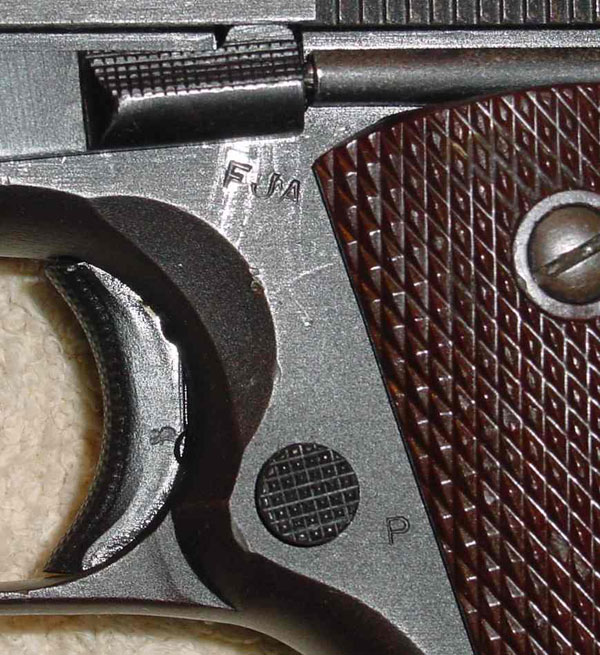
30 M1 or the M3 Grease Gun sub-machine gun after 1942, especially among heavy weapon crews. However, due to complaints about its uselessness in use over long ranges, it was largely replaced by the US Carbine cal. The pistol was not only carried by non-commissioned officers, but was also the personal armament for heavy weapon crews, including heavy machine guns and mortars. The Colt M1911 and M1911A1 was widely used in the US Army until 1985. On the other hand, it is not easy to shoot precisely with such a powerful weapon without much practice. To stop an attacker, the weapon is unparalleled and the effect of over 300 foot-pounds (400 Newton meters) on any part of the body puts any man out of action. 262 m) projectile speed per second, the M1911A1 was the most powerful military pistol in use since the end of the. With a 230 grain (14.9 gram) bullet at 860 feet (ca. With these changes the gun became the Colt M1911A1 and this version dates back to 1922. The basic mechanism remained the same and this was one of the most stable ever used on a pistol.

Overall, these changes were not extensive and made little difference to the use in the field. Finally, the hammer spur was shortened.Ĭolt M1911 (left) and Colt M1911A1 (right). The trigger was shortened and the front edge of the piston was cut away to give the trigger finger a better grip. The contour of the piston was changed to better fit the hand. In France, the new pistol worked well, but experience during the First World War showed the need for some minor changes. Finally, the arms’ factory in Springfield and the company Remington were also involved in the production. Until the end of World War One the US Army, US Navy and the US Marines received a total of 592,981 units, which were mainly manufactured by Colt in Hartford. This probably also because already in 19 a lot of the M1911 pistols for the Royal Navy and the Royal Flying Corps were manufactured, whereby the chamber was changed for the cartridge of the automatic pistol bullet. Initially production was low, but by 1917 it had been sufficient to equip parts of the rapidly expanding US Army for their deployment in France. This robust system, combined with a positive safety latch with outside cock and a secure grip, made the Colt M1911 and later the M1911A1 very safe weapons under operational conditions. This allowed it to move even further, ejecting the used cartridge and restarting the loading process. At the end of the distance, this movement was stopped by a swinging link that swung around and pulls the barrel lugs out of the receiver slide. When the pistol was fired, the barrel and slide were moved backwards a short distance, but these lugs did not yet engage. The barrel had lugs built into its outer surface that fitted into the corresponding grooves on the latch. While many contemporary pistol designs used a receiver stop to arrest the backward movement of the receiver sled, the M1911 had a locking system which provided a firmer arrest.


As a result, the Colt was taken over by the US Army in 1911 as the Pistol Automatic Caliber.

The Colt was then slightly revised to meet the Army’s requirements for simplicity, robustness and safety. The Colt models by John Browning, Savage and the Luger Parabellum 1908 proved to be the most promising. In 19 a number of experiments were carried out. The 0.38in (9.65 mm) standard caliber was considered too light by many soldiers to stop a charging enemy. The design had its origins long before that, however, as the weapon was based on the Colt Browning Model 1900, which was used as the starting point for a new service weapon required by the US Army for the new 0.45in (11.43 mm) bullet.


 0 kommentar(er)
0 kommentar(er)
